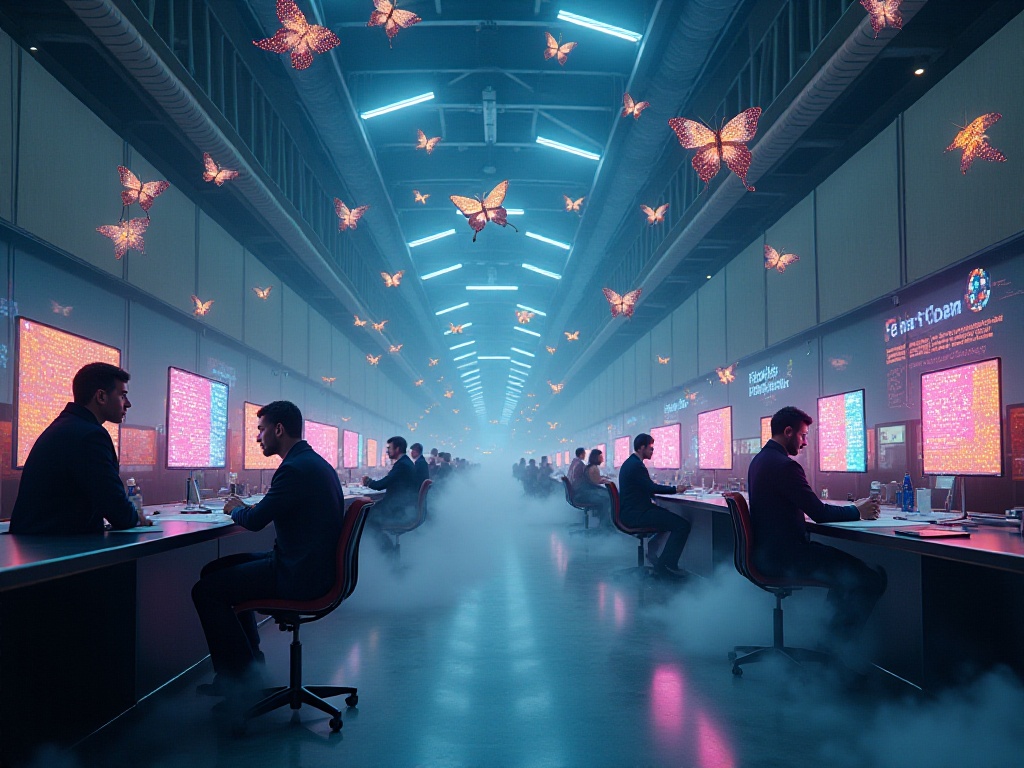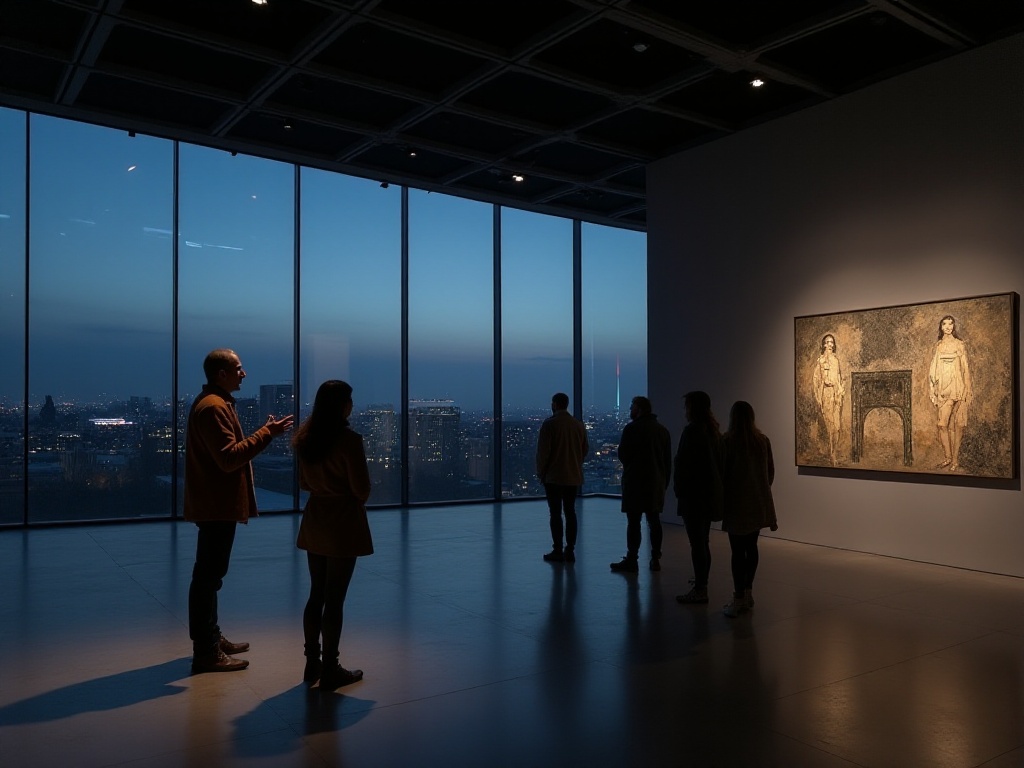
Opening Thoughts
As a veteran in the museum tour circuit, I often find myself pondering: why do some visitors become completely engrossed in my tours while others nearly fall asleep? Whenever I see visitors playing with their phones or yawning during my explanations, I reflect: is my presentation style too outdated? Today, let me share with you, as someone who's been there, about the art of museum tours - a craft that seems simple yet holds many hidden secrets.
Traditional Tours
I remember when I first started, like all rookie guides, clutching a script as thick as a brick, reciting verbatim in front of artifacts. Back then, I was like a recording machine, repeating the content word for word, afraid to miss even a single detail. Looking back, I was so young and naive, completely unaware of the concept of "teaching according to individual needs."
Speaking of traditional tour services, there are typically just two approaches: group tours and personalized guides. At my museum, group tours require a minimum of 8 people and must be booked 3-4 weeks in advance - more troublesome than getting train tickets during Spring Festival. Fixed-time tours run at specific times, like 12:30 PM and 2 PM, as rigid as a school timetable. This approach is literally like bringing school into the museum, with guides as teachers and visitors as students.
I remember once leading a high school group tour for two solid hours, only to discover that more than half the students were on their phones. At that moment, I realized traditional tour methods were outdated. How could today's young people endure such spoon-feeding style presentations? They need interaction, experience, and ways to get involved.
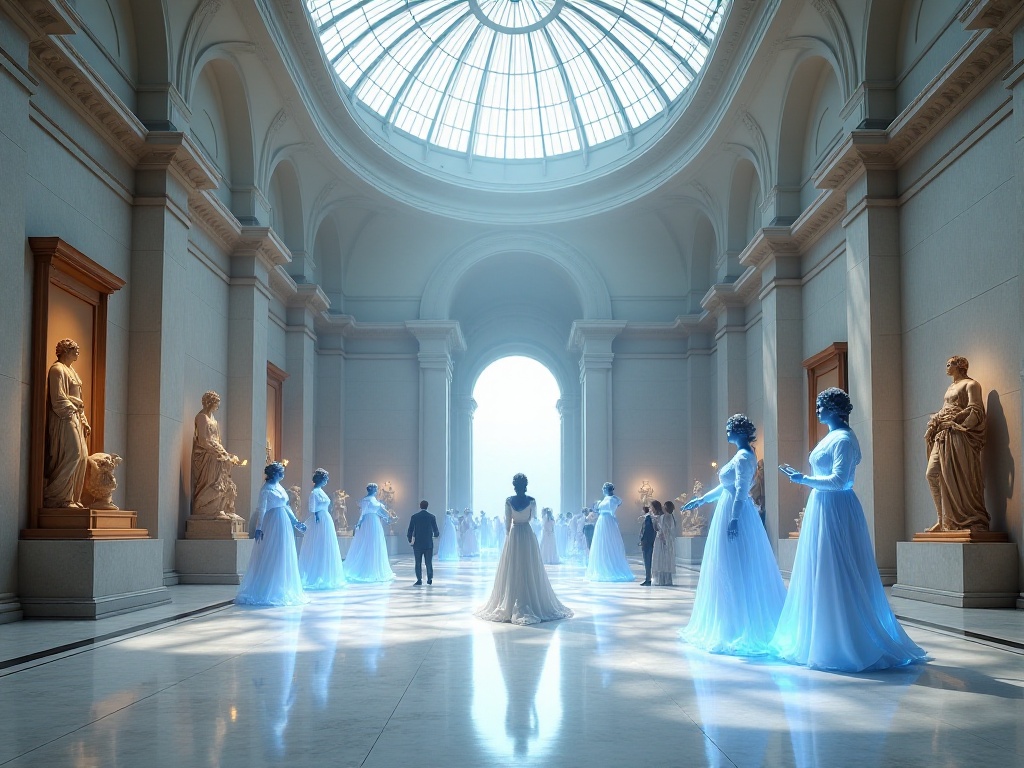
Digital Transformation
Museum tours have now entered the tech age! Can you believe it? Visitors no longer need to follow guides around - they can just take out their phones, open an app, and listen to explanations about whichever exhibit they want, skipping whatever they don't like. This approach is especially popular with young people, who value freedom and dislike constraints.
Digital guide systems are becoming increasingly intelligent. Some museums have developed AR guides that are truly cutting-edge - when you put on special glasses, ancient artifacts come to life as if by magic. For instance, standing in front of a bronze vessel, through AR glasses, you can not only see a 3D restoration but also watch how ancient people used it. Even more impressive are the virtual guides that interact with you, answering questions more effectively than human guides.
I remember once, a little boy wearing AR glasses jumped with excitement: "Wow! You can really cook things in this bronze ding!" Seeing children develop such keen interest in historical artifacts creates a sense of achievement that words can't describe.
Moreover, there's now 5G holographic projection technology that lets you "travel back" to ancient times in the museum. Want to know how the Terracotta Warriors were arranged? Want to see what the Dunhuang murals looked like originally? Put on VR glasses, and you're transported there in an instant. It's not just visiting a museum - it's like starring in a time-travel romance.
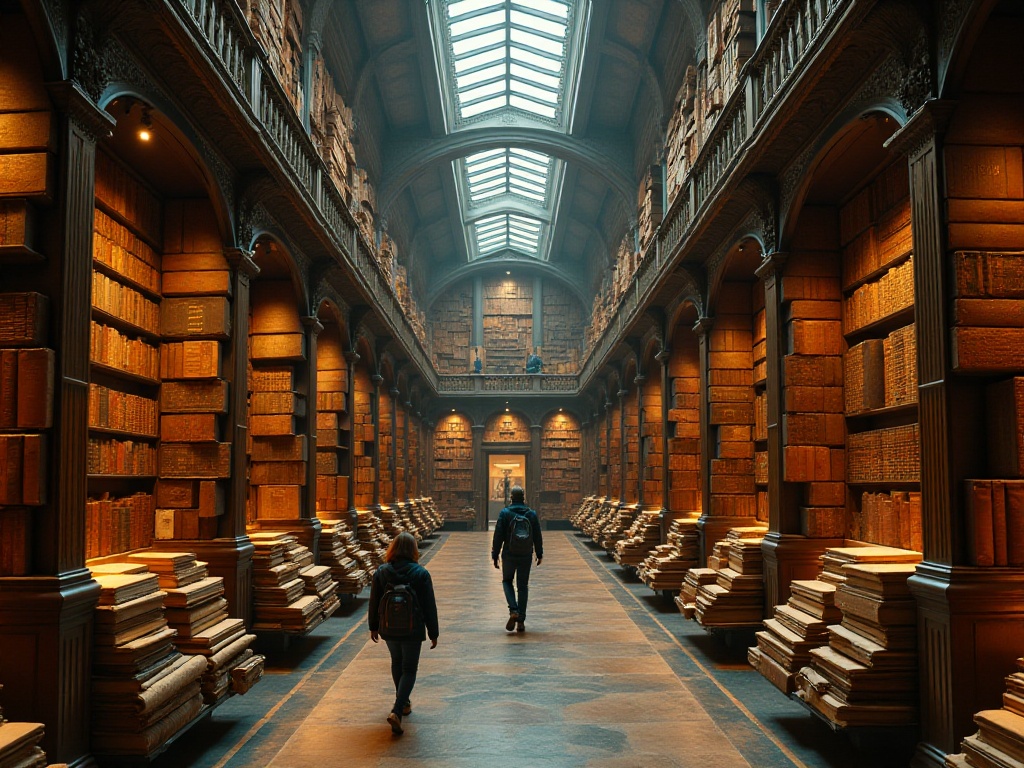
Professional Planning
Tour planning is truly a technical skill. When I first started leading groups, I often wandered around the exhibition halls like a headless fly, zigzagging back and forth, making visitors dizzy. Once, an elderly gentleman couldn't help but ask, "Young lady, are you lost too?" That embarrassing moment still makes me break into a sweat when I think about it.
Later I realized that a good tour route is like a carefully crafted movie, requiring progressive development and interconnected elements. Now before each tour, I spend several hours preparing: studying the floor plan until it's as familiar as my backyard, planning the optimal viewing route clearly; knowing exactly where each exhibit is, how long each explanation should take, and even considering details like restrooms, elevators, and rest areas.
Once, I led a senior group tour and specifically designed the route to pass by rest areas every 15 minutes. The elderly visitors were delighted, praising my thoughtfulness and offering me candy. These aren't big things, but it's these small details that make visitors feel cared for.
Different exhibition themes require different tour routes. For historical exhibitions, I usually arrange them chronologically; for art exhibitions, I plan according to artistic schools or themes. Sometimes to avoid peak crowds, I have to adapt and adjust routes on the spot. It's like using navigation while driving - you need to know how to "avoid traffic jams."

Audience Interaction
The most challenging aspect is making the tour understandable and engaging for visitors of all ages. It's truly an art, like performing magic - you need to adapt your approach for different audiences.
With children, I transform into an animated show host. When explaining ancient bronze vessels, I'll say: "Look, this ding was like an ancient rice cooker - they used it to cook rice and stew meat." Then I'll tell a story: "A long, long time ago, there was a child just your age..." Sure enough, when food and stories are mentioned, children's eyes light up.
When dealing with professionals, that's when real expertise is needed. Once we had an archaeology professor visit, and I was quite nervous at first. But when I started discussing the excavation environment and decorative features of certain artifacts, he engaged me in a detailed discussion about archaeological excavation. That tour ended up becoming an academic seminar, and I learned quite a bit myself.
Elderly visitors are particularly interesting - they love practical explanations. When discussing ancient household items, I'll say: "See this pottery jar? It's similar to the water urns we used when we were young." As soon as I say this, elderly visitors start reminiscing: "Yes, yes, we had one of those..." and the conversation flows naturally.
Sometimes a group includes people of all ages, and that really tests your skills. I have to be like a host, carefully catering to everyone's interests. Make jokes for the children, discuss technical details with scholars, and share life experiences that resonate with elderly visitors.

The Art of Guiding
If you think being a tour guide just means standing in front of exhibits and talking non-stop, you're very mistaken. Modern museum tours are more like immersive interactive performances. Now for each tour, I design interesting interactive elements.
For example, when explaining ancient clothing, I'll find an outgoing visitor to be a model, letting them experience how ancient people dressed. When discussing ancient etiquette, I'll have everyone practice traditional bowing. Once, a little boy learned so earnestly that he went home and taught his parents, amusing the whole family.
I also like to design treasure hunt games. For instance, having visitors find specific patterns in exhibits, or competing to see who can spot the most animal designs on pottery. This not only makes the tour fun but also encourages visitors to observe exhibits more carefully. Once, a little girl discovered details on a bronze vessel that even I hadn't noticed, which amazed me.
Many museums now have cultural creative products, which I incorporate into the tours. After explaining an artifact, I'll bring out related creative items for people to handle, allowing visitors to physically "touch" history. Once, a high school student who wasn't interested in history became fascinated with ancient smelting techniques after handling a replica bronze mirror, and later chose to study archaeology.
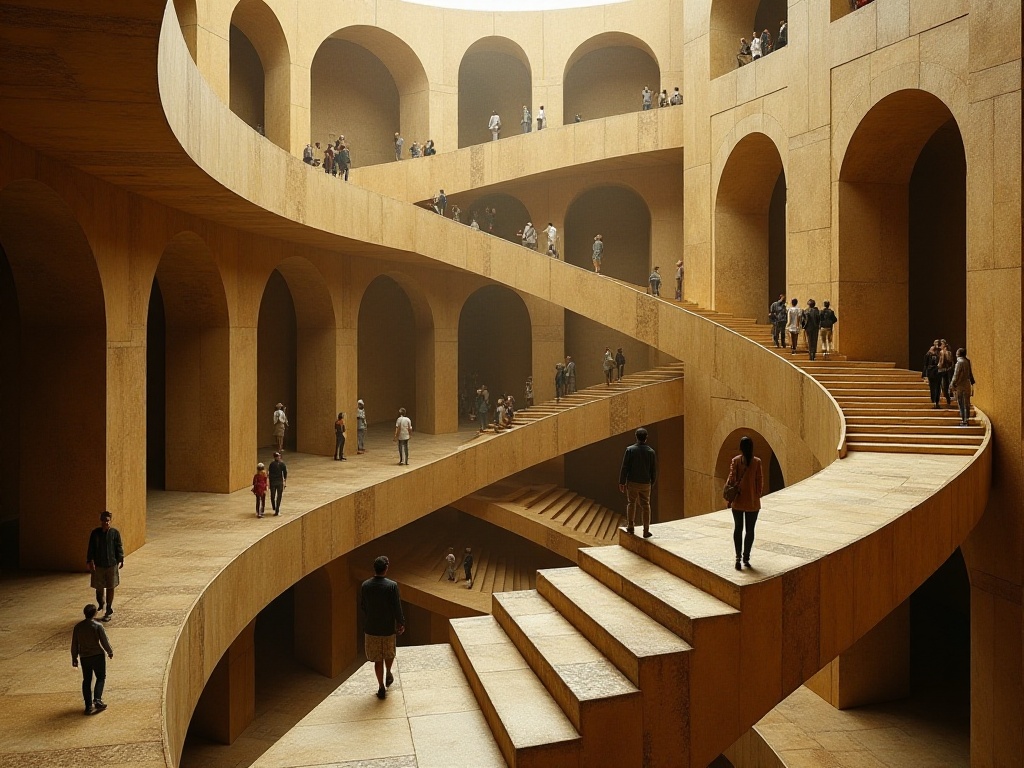
Future Outlook
With rapid technological development, the future of museum tours is incredibly exciting. Some museums are already experimenting with holographic projection technology - imagine walking into a museum and seeing lifelike historical figures conversing with you, telling their stories.
AI technology is also making tours more intelligent. Some museums are testing AI guides that can not only answer professional questions but also adjust their explanations based on visitor responses. However, honestly, I believe AI, no matter how advanced, can't replace human warmth. True guiding isn't just about transmitting knowledge; it's about conveying emotions and culture.
I believe future museum tours will become more personalized and interactive. Perhaps by then, every visitor can customize their tour experience based on their interests and needs. But regardless of technological advances, museums will always be bridges connecting the past and present, and we guides are the guardrails on this bridge, protecting the dignity of artifacts while helping more people easily cross time and space to experience history's charm.
Finally, I want to say that each tour is a new adventure for me. You never know what kind of visitors you'll meet around the next corner, or what kind of sparks will fly. This job has taught me deeply that history isn't dead, and artifacts aren't cold - what matters is how you interpret them and with what warmth you convey their stories.
Next
Virtual Reality Tour of the Louvre Museum in Paris
In the heart of Paris, where the Seine gently flows and history whispers from every corner, stands the majestic Louvre Museum. For centuries, this architectural marvel has been a beacon of art and culture, drawing millions of visitors each year to marvel at its unparalleled collection. But what if you could step inside this treasure trove of human creativity without leaving your home? Welcome to the future of art appreciation: the virtual reality tour of the Louvre.
Encountering Art at the Louvre: An Art History Expert's Guide to the Museum's Top Three Treasures
Explores diverse museum tour experiences including professional guided visits, private group tours, virtual museum exploration, and customized itineraries, featuring art historian interpretations and curator-led tours for unique museum visiting experiences
Customized Museum Tours: In-depth Sharing and Practical Insights from a Professional Guide
A comprehensive guide to various museum tour experiences, including professional guided visits, customized museum journeys, curator-led themed tours, and virtual museum exhibitions, offering art and culture enthusiasts diverse ways to explore world-renowned museums
Next
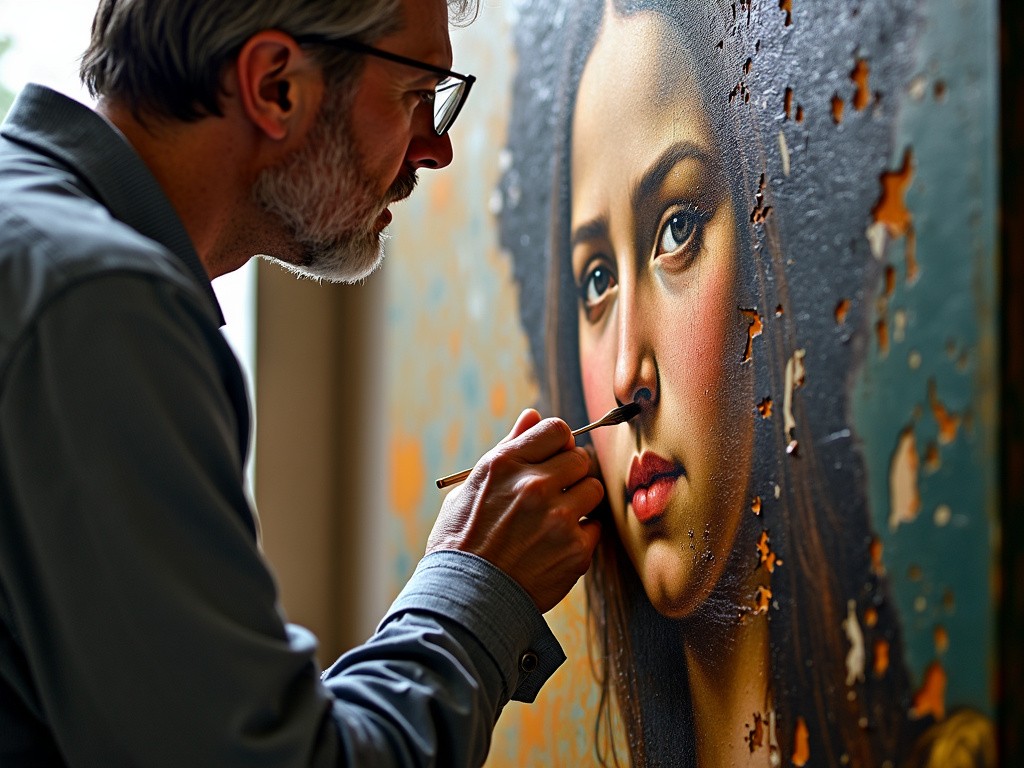
Virtual Reality Tour of the Louvre Museum in Paris
In the heart of Paris, where the Seine gently flows and history whispers from every corner, stands the majestic Louvre Museum. For centuries, this architectural marvel has been a beacon of art and culture, drawing millions of visitors each year to marvel at its unparalleled collection. But what if you could step inside this treasure trove of human creativity without leaving your home? Welcome to the future of art appreciation: the virtual reality tour of the Louvre.
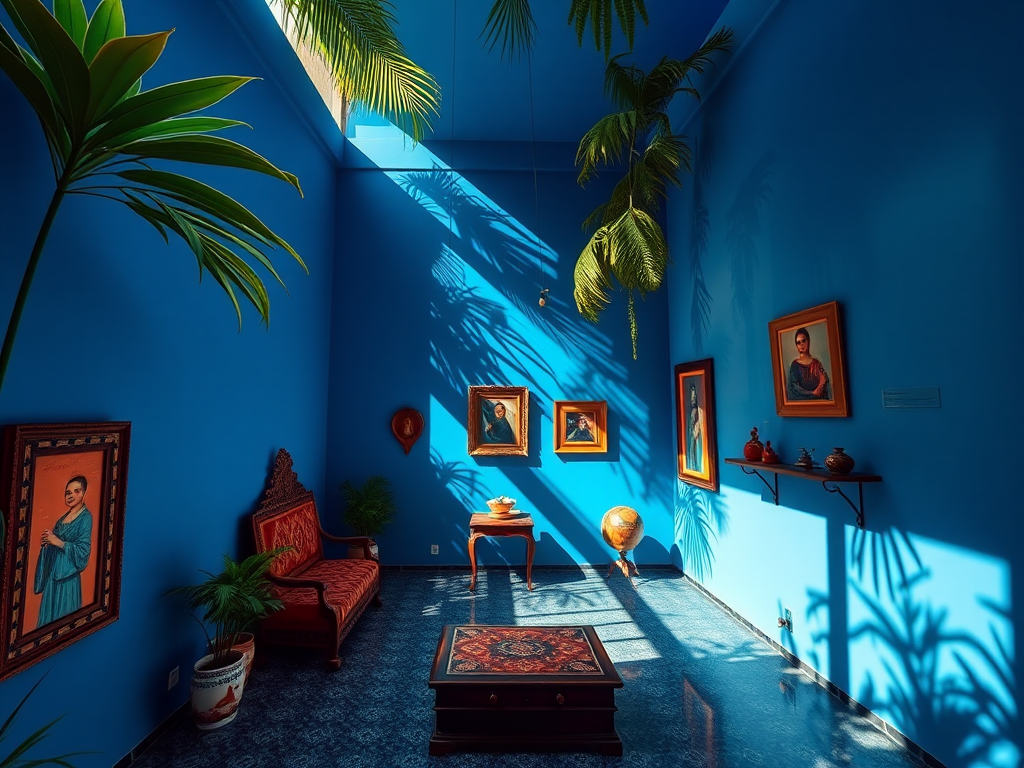
Encountering Art at the Louvre: An Art History Expert's Guide to the Museum's Top Three Treasures
Explores diverse museum tour experiences including professional guided visits, private group tours, virtual museum exploration, and customized itineraries, featuring art historian interpretations and curator-led tours for unique museum visiting experiences
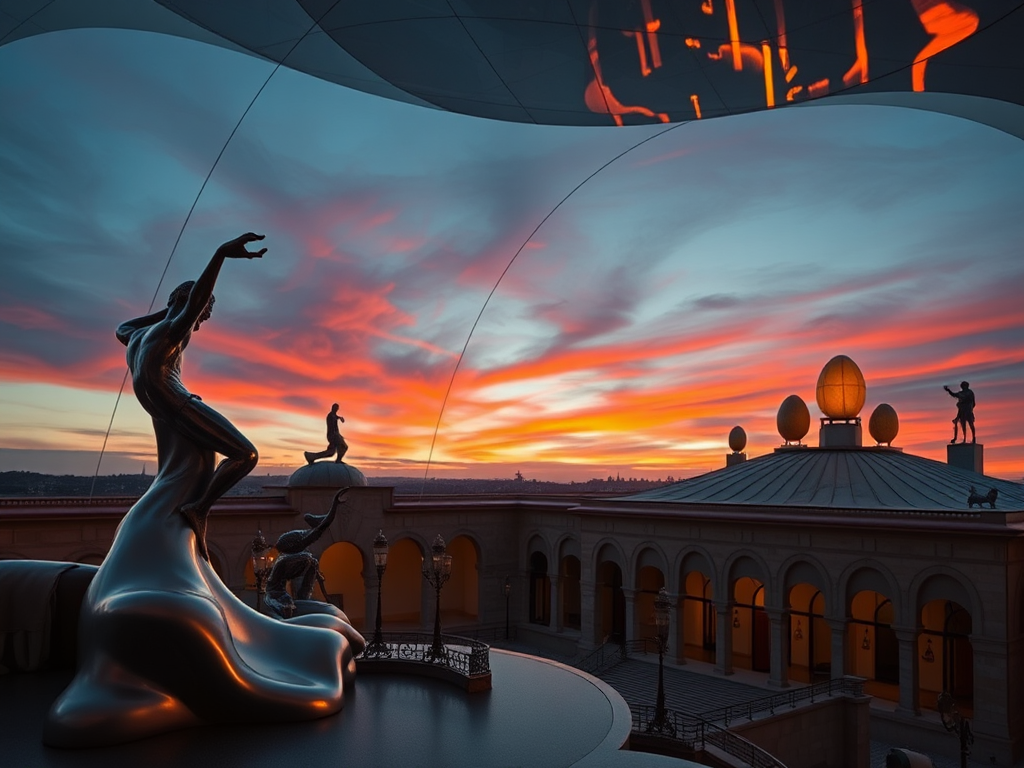
Customized Museum Tours: In-depth Sharing and Practical Insights from a Professional Guide
A comprehensive guide to various museum tour experiences, including professional guided visits, customized museum journeys, curator-led themed tours, and virtual museum exhibitions, offering art and culture enthusiasts diverse ways to explore world-renowned museums

